Why Grow Strawberries in a Greenhouse?
Strawberries all year round? Yes, it’s possible if you decide to grow strawberries in a greenhouse. In this article, I’ve gathered all my experience and observations, which will definitely save you time and money.
The greenhouse was an excellent solution for my garden when I first thought about it 6 years ago. I aimed to have fresh fruits, vegetables, and flowers year-round. As a leader of our Rooted Revival community, I think about sustainability and healthy food not just in one of the four seasons, but throughout the entire year. I hope you do too!
A greenhouse protects plants from the whims of nature, and you create the ideal conditions for their growth. Believe me, when there’s snow outside, but you have fresh strawberries on your table, it’s priceless.
So, let’s dive into the details.
What Strawberry Varieties Are Best for Greenhouses?
I’ve tried several options, but eventually, I settled on remontant varieties that bear fruit several times a year. For example, the ‘Albion’ and ‘Monterey’ varieties turned out to be real champions. They produce large, sweet berries and continue to bear fruit even as the daylight decreases (which is very important in my state).
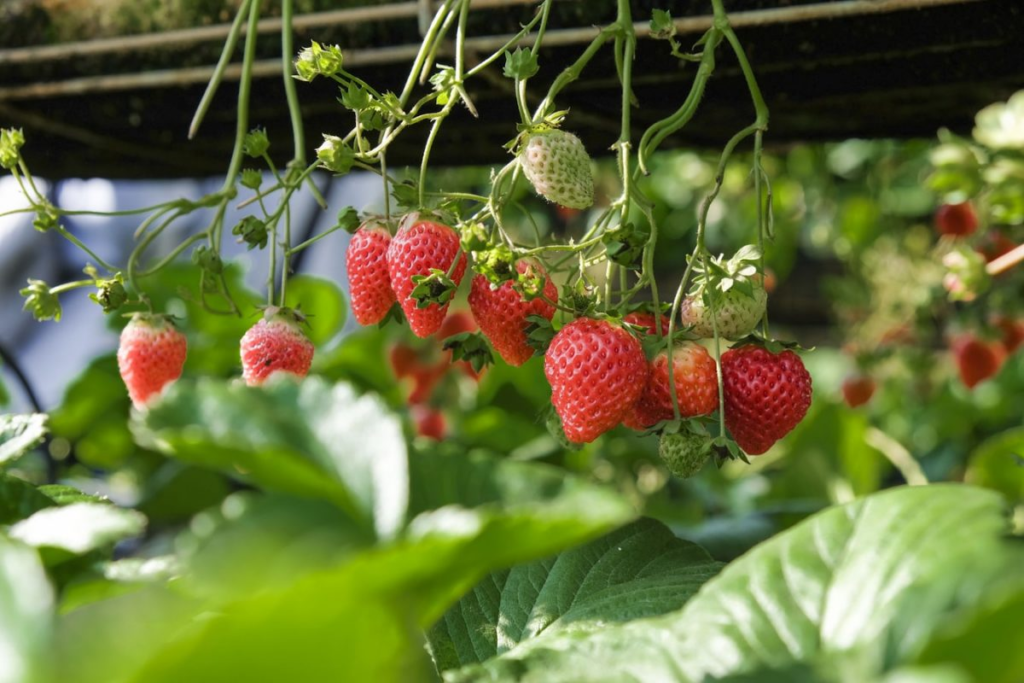
Remontant Strawberry Varieties for Greenhouses
| Variety | Flavor | Fruiting Period | Berry Size |
|---|---|---|---|
| Albion | Sweet, rich | June until the first frost | Large, up to 40 g |
| Monterey | Sweet, juicy | May to October | Medium, up to 30 g |
| San Andreas | Sweet, slightly tart | May to September | Large, up to 35 g |
Preparing for Planting
When I first decided to start growing strawberries in a greenhouse, I immediately realized that preparation is the key to success. First, it’s important to choose the right spot for planting. I decided to use raised beds with good drainage because this minimizes the risk of waterlogging the soil, which is critical for strawberries. Use humus and compost to enrich the soil, and add a bit of sand for better drainage; otherwise, the whole effort could go to waste.
Proper Planting and Care
Strawberries aren’t just beautiful berries; they require attention and care. To get the maximum yield, plant the bushes about 30 cm apart. This allows for better air circulation, which reduces the risk of diseases. I always use mulch to protect the roots from temperature fluctuations and to retain moisture in the soil.
Watering is another important aspect. Growing strawberries in a greenhouse requires regular but moderate watering. I prefer drip irrigation because it provides consistent soil moisture without over-saturation. This is especially important during hot summer days when the soil dries out quickly. At the end of the article, you’ll find my recommendation for a drip irrigation system.
By the way, nasturtiums are great for repelling pests that target strawberries – I recommend planting them nearby.
Lighting and Temperature
The issue of lighting and temperature is what makes the greenhouse ideal for growing strawberries year-round. I use full-spectrum LED lamps to compensate for the lack of natural light in winter. This helps the plants feel like it’s summer, even during the coldest months. The temperature should be stable: 18-25 degrees during the day, and not below 10 degrees at night. If the temperature drops, I turn on a heater to maintain the ideal conditions for growth. After all, this is why we invest in greenhouses.

Fertilization and Disease Prevention
You want your strawberries to be not only delicious but also healthy, right? That’s why regular fertilization is key to success. I use organic fertilizers, alternating them with mineral ones every 2-3 weeks. This helps the plants grow actively and produce large, juicy berries.
But don’t forget about diseases. Even in a greenhouse, strawberries can get sick. Last December, I encountered gray mold, which could have destroyed the entire crop if not for quick action. Biopreparations worked quite well, and I recommend using them not only during outbreaks but also as a preventive measure. It won’t hurt.
Strawberry Fertilization Schedule in the Greenhouse
| Growth Period | Type of Fertilizer | Application Frequency |
|---|---|---|
| Vegetative | Organic fertilizer | Every 2 weeks |
| Flowering | NPK mineral fertilizer | Every 2-3 weeks |
| Fruiting | Potassium fertilizers | Once every 3 weeks |
| Winter Prep | Organic fertilizer | Once, at the end of the season |
The Impact of Temperature on Yield
Temperature plays a crucial role in growing strawberries in a greenhouse. Once, when I was just starting out, I didn’t manage to turn on the heater in time, and the temperature in the greenhouse dropped to 5 degrees. The yield that year was significantly lower. I won’t make that mistake again. Now, I monitor the temperature very closely, especially in winter. If you want a stable harvest, make sure the temperature doesn’t drop below 10 degrees at night.
I recommend to check out one of the most popular videos on my YouTube channel about greenhouses:
Practical Tips for Growing Strawberries in a Greenhouse
Here are some tips that will help you on your journey to successfully growing strawberries in a greenhouse:
- Regularly ventilate the greenhouse. This prevents stagnant air and reduces the risk of diseases.
- Use mulch. It retains moisture in the soil and protects the roots from temperature fluctuations.
- Maintain optimal humidity. Use a hygrometer to monitor the humidity level.
- Don’t forget about disease prevention. Biopreparations and regular plant inspections will help you avoid problems.
Multi-Harvest: How to Get More Berries
I want to share my secret: to extend fruiting, I trim the runners from the strawberries as soon as they appear. This stimulates the plants to form new flowers and berries. You can also use artificial day-length extension to get additional harvests in the fall and even winter. My grandmother used this method, so it’s time-tested (and I wonder why not all magazines and blogs write about it yet). Anyway, enjoy this tip!
More berries also mean the opportunity to make strawberry jam! I have a very useful article about seasonal jams for every month in the year.
5 Super Useful Tips for Growing Strawberries in a Greenhouse You Won’t Find Anywhere Else
- Use light reflectors: To maximize daylight during the winter months, install foil reflectors on the walls of the greenhouse. This will direct more light onto the plants and improve their growth.
- Regularly check soil pH: Strawberries prefer slightly acidic soil (pH 5.5-6.5). I test the soil every two months and adjust it by adding lime or sulfur to maintain optimal conditions.
- Thick planting at the start of the season: Plant the strawberries a little closer together at the start of the season, then thin them out as they start to grow actively. This helps retain moisture and creates a microclimate that protects young seedlings from sudden temperature changes.
- Use black mulch: Black plastic or fabric mulch not only protects the soil from weeds but also warms it up, which is especially useful during the cold months. This accelerates plant growth and berry ripening.
- Experiment with nighttime temperatures: Try lowering the temperature in the greenhouse to 10-12 degrees for a few hours at night. This technique stimulates the plant to flower and form berries, which I discovered through trial and error.
Getting It Right from the Start
Unfortunately, I fell victim to the “I’ll start somehow and figure it out later” approach. But, as you can guess, it didn’t work out well for me. That’s why I want to recommend a few useful things for your greenhouse that will save you time and money later on—who wants to replant and reconfigure the entire greenhouse ecosystem? Let’s get it right the first time! Yes, I should mention that I do earn a commission if you purchase any of these products, but that doesn’t affect my opinion of them. Now, let’s get to it:
- LED Grow Lights: Spider Farmer SF-1000 LED Grow Light – perfect for providing the necessary light level during winter.
- Drip Irrigation System: Raindrip R560DP Automatic Watering Kit – allows you to maintain optimal soil moisture without the hassle.
- Soil Testers: Sonkir Soil pH Meter – an essential tool for monitoring soil acidity and ensuring the ideal conditions for strawberry growth.
- Black Mulch: HOOPLE Garden Weed Barrier Landscape Fabric – a great solution for weed control and soil warming.
- Portable Greenhouse Heater: Dr. Infrared Heater Portable Space Heater – maintains a stable temperature in the greenhouse during cold months, which is crucial for healthy plant growth.
These products will help you organize the strawberry-growing process in the greenhouse as efficiently as possible and enjoy a bountiful harvest all year round.
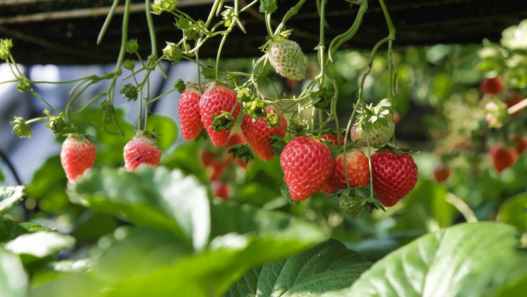
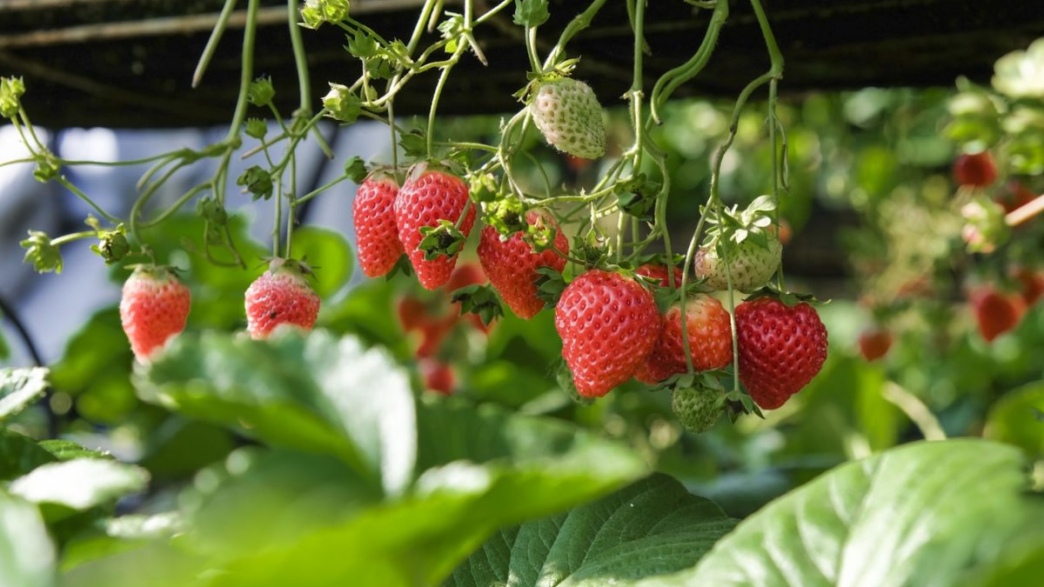



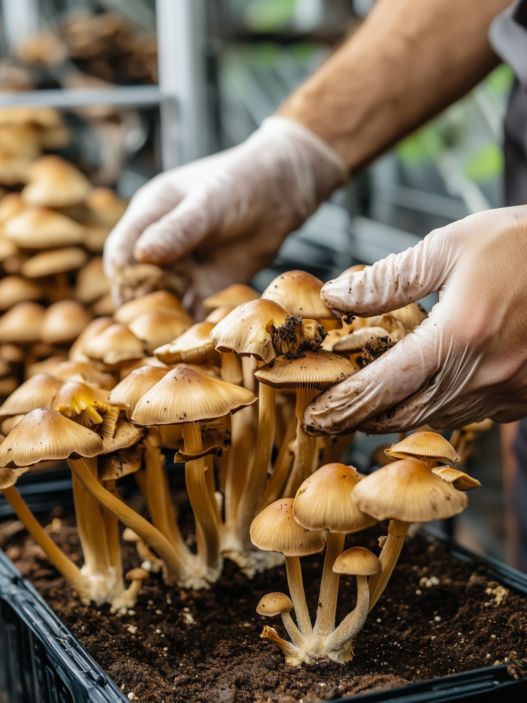
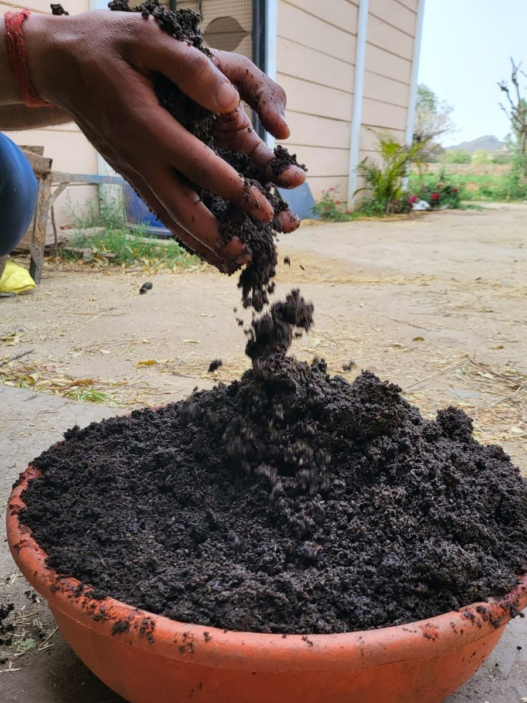

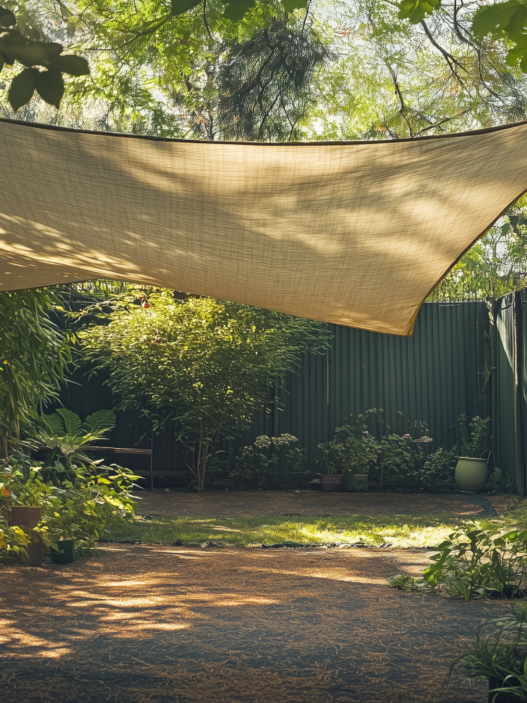

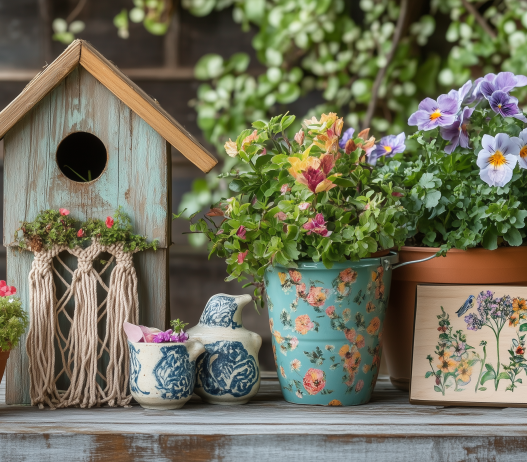
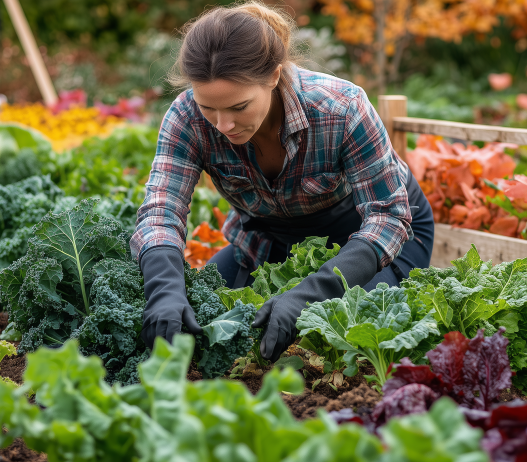



10°C or F?
The temperature mentioned is in Celsius, Adrian! Maintaining 10°C (50°F.) or above at night in the greenhouse is crucial for ensuring a stable yield of strawberries.